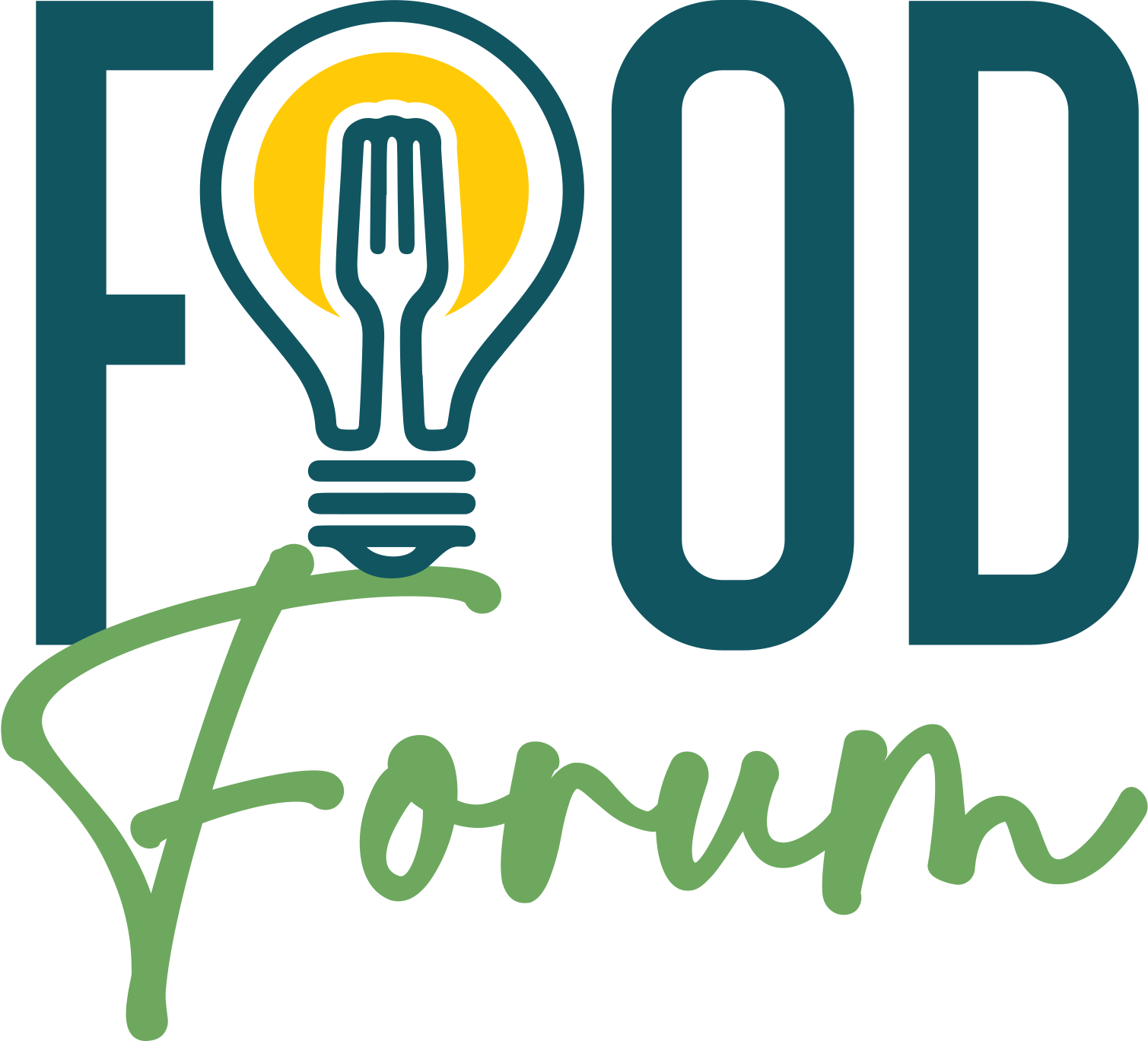PBT vs PET - Food Processing Equipment

Which to Choose PBT or PET?
In the food industry, different types of plastics are used for various applications, and choosing the right material is essential for ensuring the safety and quality of the food produced. Polybutylene terephthalate (PBT) and polyethylene terephthalate (PET) are two frequently used plastic materials for food-related applications.
In this article, we will explore the advantages and disadvantages of PBT and PET plastics in food-related applications and the differences between these materials.
- PBT is a high-performance thermoplastic that is primarily used for food applications requiring resistance to high temperatures and chemicals. It has a higher melting point than PET and can withstand temperatures of up to 250 degrees Fahrenheit, making it an excellent material for use in applications such as steam sterilization.
- PET is a thermoplastic with excellent mechanical properties that make it ideal for food packaging applications. PET is commonly used in the production of
water bottles, food containers, and blister packaging.
Overall, PBT and PET each have their advantages and disadvantages for food-related applications. PBT is suitable for applications that require resistance
to extreme temperatures and chemicals, while PET is cost-effective, easy to process, and durable. Hence, the choice of material depends on specific food
applications, as both PBT and PET have unique sets of properties that make them suitable for different situations.
ADVANTAGES
PBT can withstand high temperatures, making it suitable for applications that need resistance to heat.
PBT is resistant to a broad range of chemicals, including acids and alkalis.
PBT and PET are non-toxic, non-absorbent and non-porous.
PET is easier to process and more affordable than PBT, making it a popular choice.
DISADVANTAGES
PBT is more expensive than PET, making it less cost-effective.
PBT is not available in as many grades as PET.
PET has a lower melting point than PBT.
PET is less resistant to chemicals than
PBT and can be damaged by certain solvents and acids.
WE OFFER A COMPLETE FOOD-GRADE PORTFOLIO OF PERFORMANCE PLASTICS.
|
Download As PDF |
| PBT vs PET - PDF |
